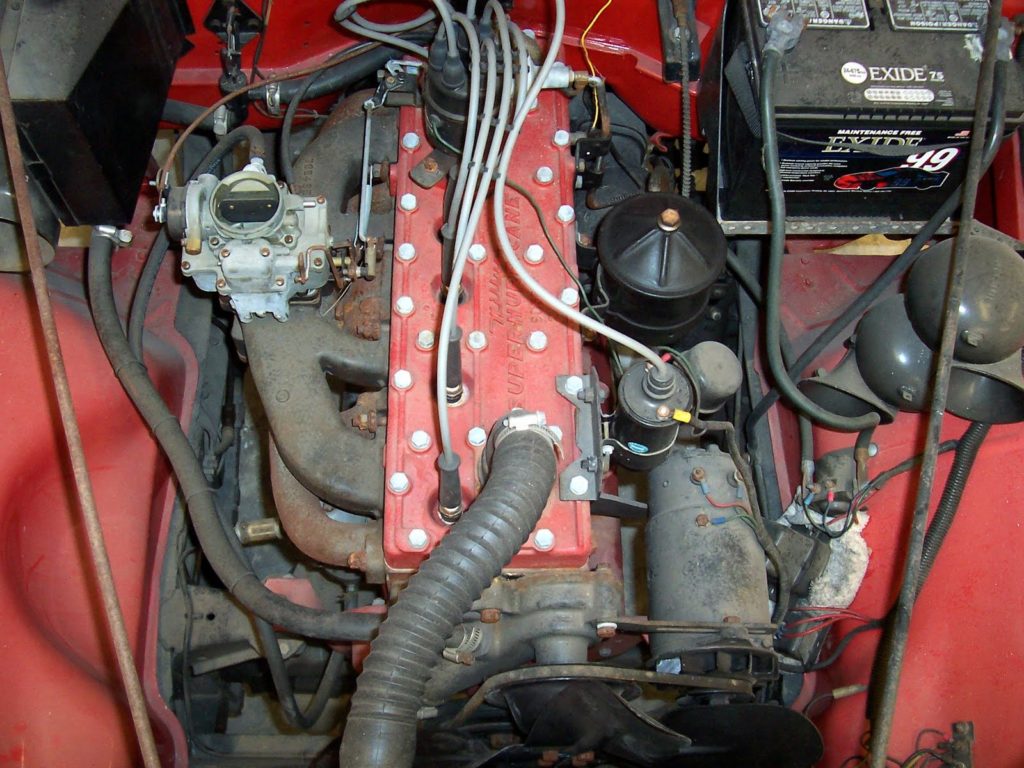Background
Frequent visis to the local dealership in Eagle River, Wisconsin, where my dad worked as a mechanic, immersed me in the world of Willys and Jeeps throughout the fifties and sixties. However, it was my brother-in-law, Lyle Estrella, and his super-cool 1948 wagon (featured in the top right photo), who sparked my interest and ultimately influenced my decision to buy one.
Sometime during the summer of 1977, I bought a Utility Wagon that was for sale in Vacaville, California. Its serial number is 5416850039 and is number 2,676 of the 8,968 units built in 1960. That puts it in the first 30% of the production run so is considered an “early” 1960. That is important because, in 1960, the “late” production vehicles were delivered with a one-piece windshield. The Willys’ two piece windshield reminds me of how a B-17 bomber flat-glass cockpit windows look; which is an acknowledgment of the 25 combat missions my dad made as a left waist gunner during World War II.
I only have four photos taken between 1977 and 2002. We, at least the crowd I ran with, didn’t carry cameras with us. The photo at the right, with my two daughters, was taken in 1982. At the bottom left, is how it looked in 1998 and is almost exactly how it looked when I bought it in 1977. The body was rust-free and in good condition, but the interior was rough. There was no headliner, the interior body panels were water stained and the upholstery was coming apart. The engine ran well but, by design, the vehicle exhibited limited performance in the areas of acceleration, stopping and handling.
The wagon was my daily driver for about the next ten years, and I have fond memories associated it. We took it camping in the Sierra’s and made many trips to Lake Tahoe and the Nevada high desert. The longest trip was to San Diego. I did use it off-road but never considered myself to be a “four-wheeler.” One night, on the slick, rain-soaked South Hampton hills of Benicia I got careless and the adventure ended with the Willys on its side. It was not severely damaged but did affect how I treated it from that day on.
Eventually, life got in the way and it spent many years being moved from one storage location to another. I find it hard to believe that it never got sold or simply lost in the shuffle. Finally, around 1999, my life and job situation changed to the point where it had become possible to consider driving it again. But, before putting it back on the road, I wanted to improve its looks and performance.



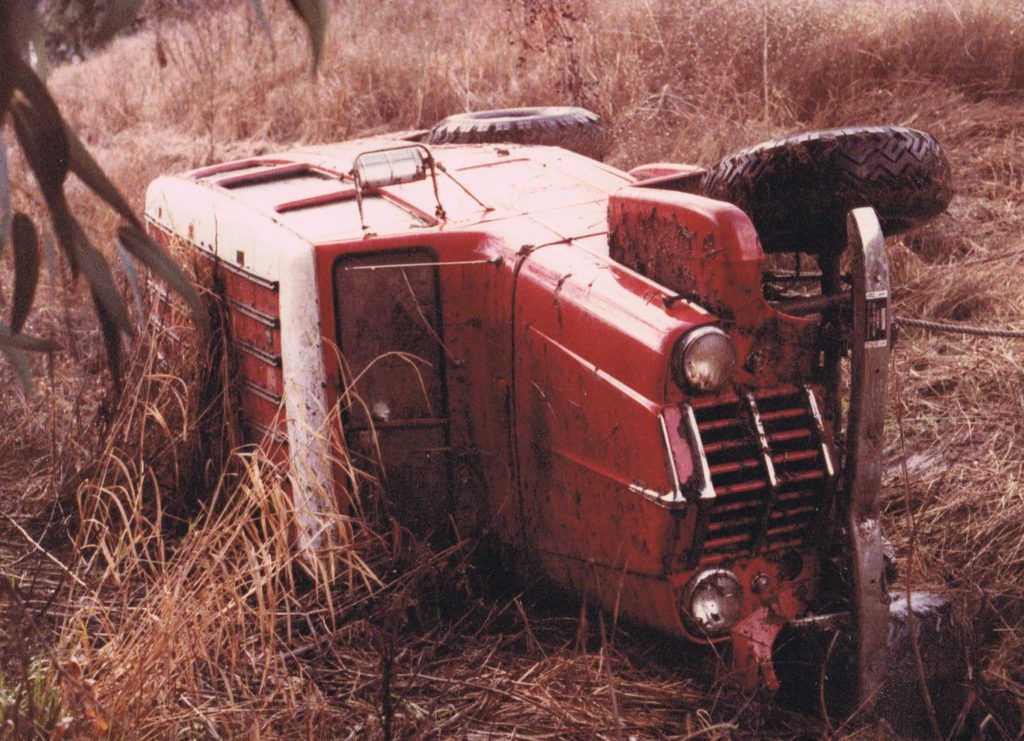
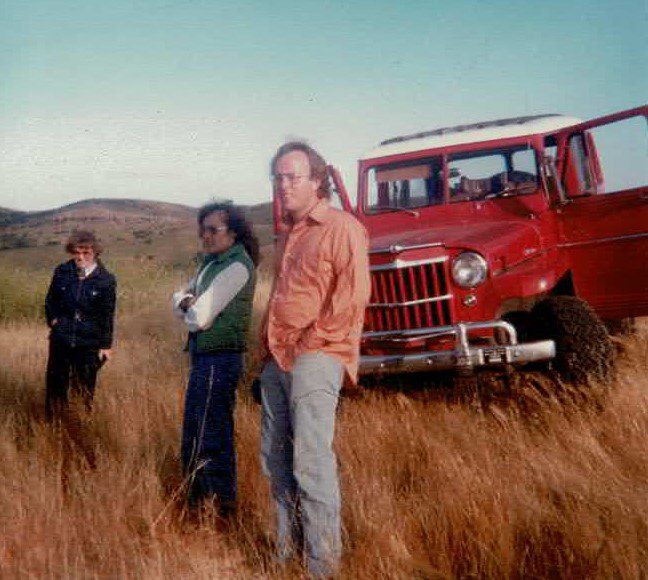
Project Goals
Making the decision to improve the looks and performance of my Willys was easy; deciding what to do, or perhaps what not to do, was the hard part. I realized that I had just encountered my first problem; the need to figure out what it was that I was trying to do with my vehicle.
The first idea was to restore the vehicle; meaning that when finished it would look just as it did when purchased from the dealer’s showroom. As appealing as that idea was, its performance limitations led me to consider its intended use when finished. Would it be my daily driver or a show car? Was I looking to end up with a specialized vehicle such as a rock crawler, a mudder, a dune basher, desert racer, land speed racer, a hot rod, a street rod? I was all over the map.
Although I was not sure of what I expected for an outcome, I did know that I wanted:
- The vehicle to appear as original as possible and
- improve its performance.
Appearance and performance are both subjective and, at times, conflicting goals. A plan was needed to minimize subjectivity by developing objective goals within each of the two high-level goals. I did some research to define categories of work that I could live with. The most influential information came from the Antique Automobile Club of America’s (AACA) 2023 Official Judging Manual, Section III – General Policy.
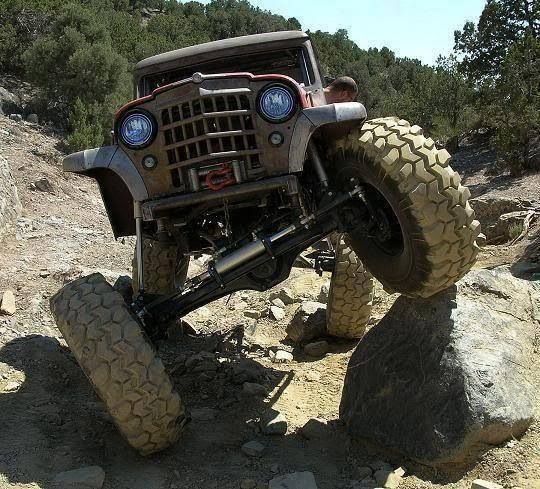
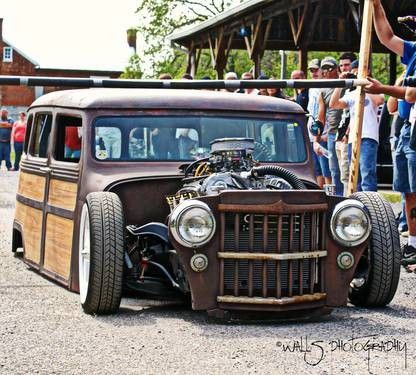

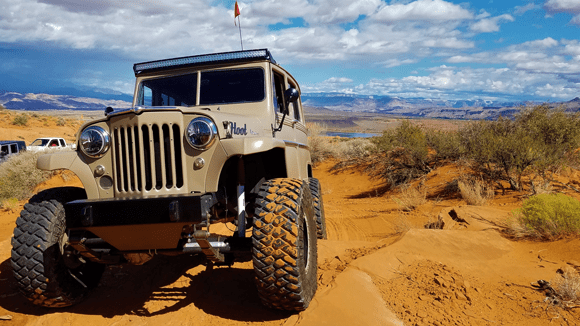

Appearance Goals
I needed to objectively define appearance, have a standard against which to measure or compare original work, and to manage modifications. I came up with the following three appearance goals:
1. Maintain the vehicle’s original appearance in accordance with,
-
- Utility Vehicle Master Parts List
- Utility Vehicle Service Manual
2. Hide or disguise modifications.
3. Keep visible modifications period-correct.
References 1.1 & 1.2 under Goal 1 would be the standards used to maintain the original appearance. Goal 2 is clear – use or do anything as long as it is not visible. Goal 3 says that visible modifications must look like the work had been done with parts and material available in the nineteen-sixties.
“Visible” is further defined as being obvious when standing outside the vehicle or sitting inside. Looking under the vehicle, opening a tool box, removing a panel, looking under the dash, etc., are more examples of being not obvious.
I knew modifications were inevitable but I would never lose sight of trying to keep my Willys as original looking as possible.

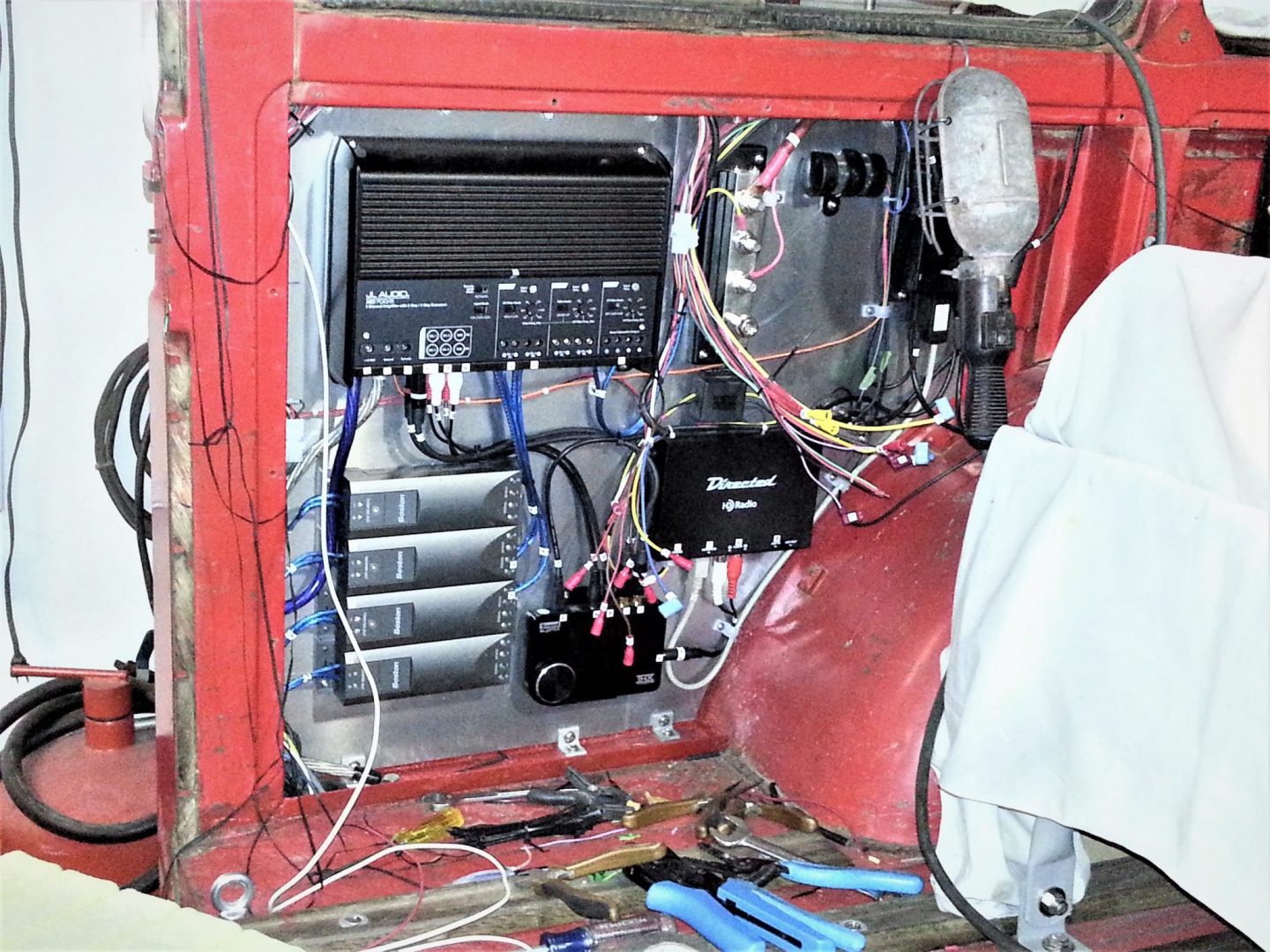


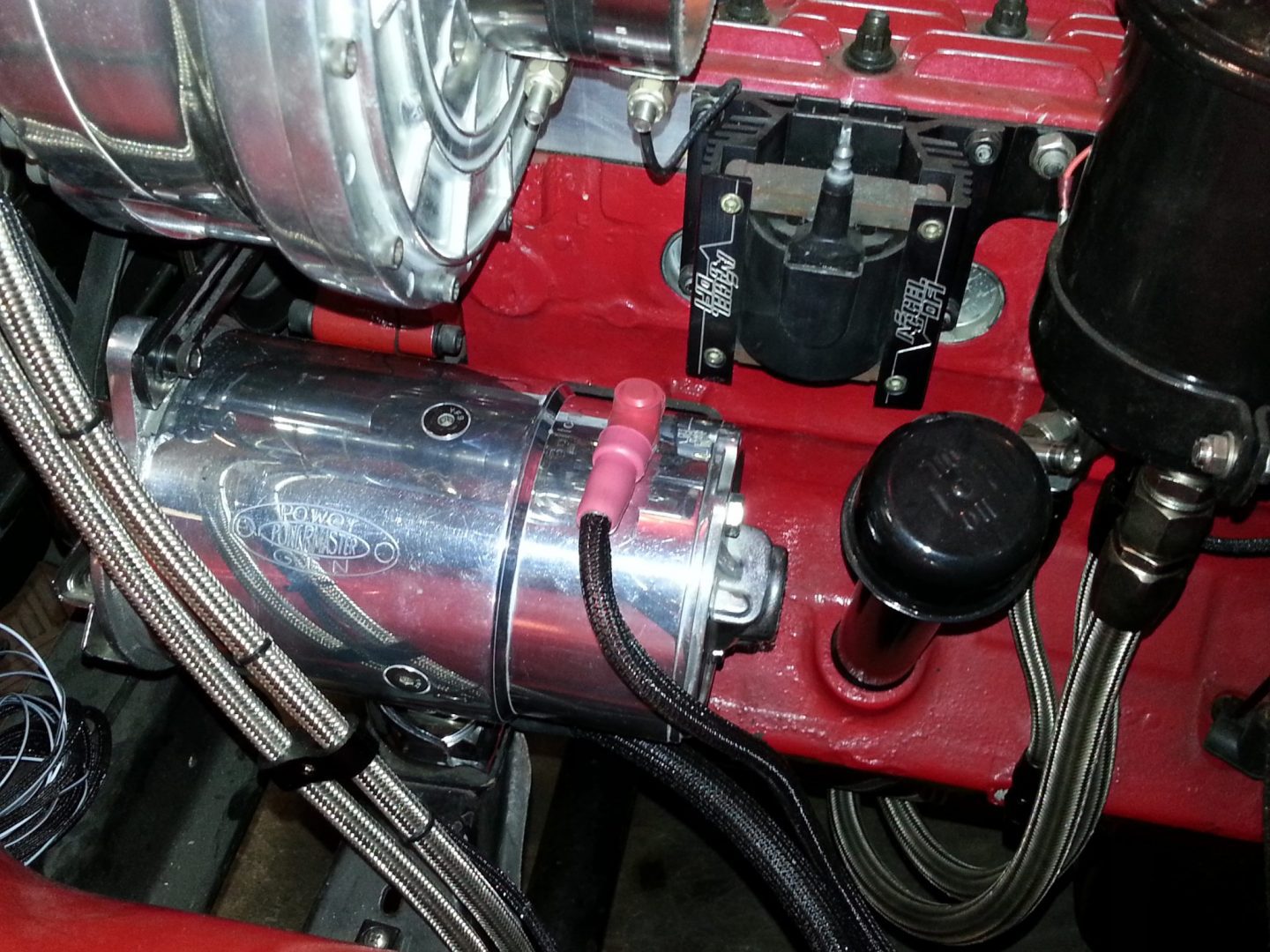
Vehicle Performance Goals
Improved performance was an important project goal but, in most cases, it conflicted with the appearance goal of originality. Most improvements to acceleration, stopping and handling required a modification but the impact could be minimized by adhering to the second and third appearance goals.
Most importantly, performance goals need to be measurable. I developed the following eight performance goals:
1. Acceleration
- 0 – 60 in less than 8 seconds
- 1/4 mi in less than 16 seconds
2. Top speed – 125 mph in the standing mile
3. Straight line stopping distance
- Less than 180 ft @ 60 mph without wheels locking (cool brakes)
- Less than 200 ft @ 60 mph without wheels locking (hot brakes)
- Test procedure: Test is first made with cool brakes, and then repeated after 10 warmup stops from 60 mph at one-minute intervals with 0.5g deceleration. First test shows braking capacity and balance; the second, fade. Excessive pedal pressure (more than 20% greater when hot than when cold) indicates fade. Excessive distance indicates fade, incipient or partial locking, or combination of both.
4. Handling
- Emergency lane-change maneuver @ 60 mph
- Test procedure: Lanes are blocked 120 feet apart, and lane change gaps are 60 feet long (Figure 1). Establish maximum speed without loss of control.

- Slalom performance @ 30 mph
- Test procedure: Pylons are placed 48 feet apart, in a straight line. Establish maximum speed without loss of control.

5. Interior noise less than 60 dBA @ 60 mph (measured 30” above driver seat)
6. Off-road performance – subjective assessment of traction in mud and snow; obstacle handling, stability, etc.
7. Ride comfort – subjective assessment of the transmission level of unwanted noises and vibrations from vehicle body to the passengers
8. Drivability – subjective assessment of the smoothness of vehicle operation, with the engine and power transmitting system under control of the driver in all weather and driving conditions. Considerations should include visibility, pedal response, gear shifts, etc.
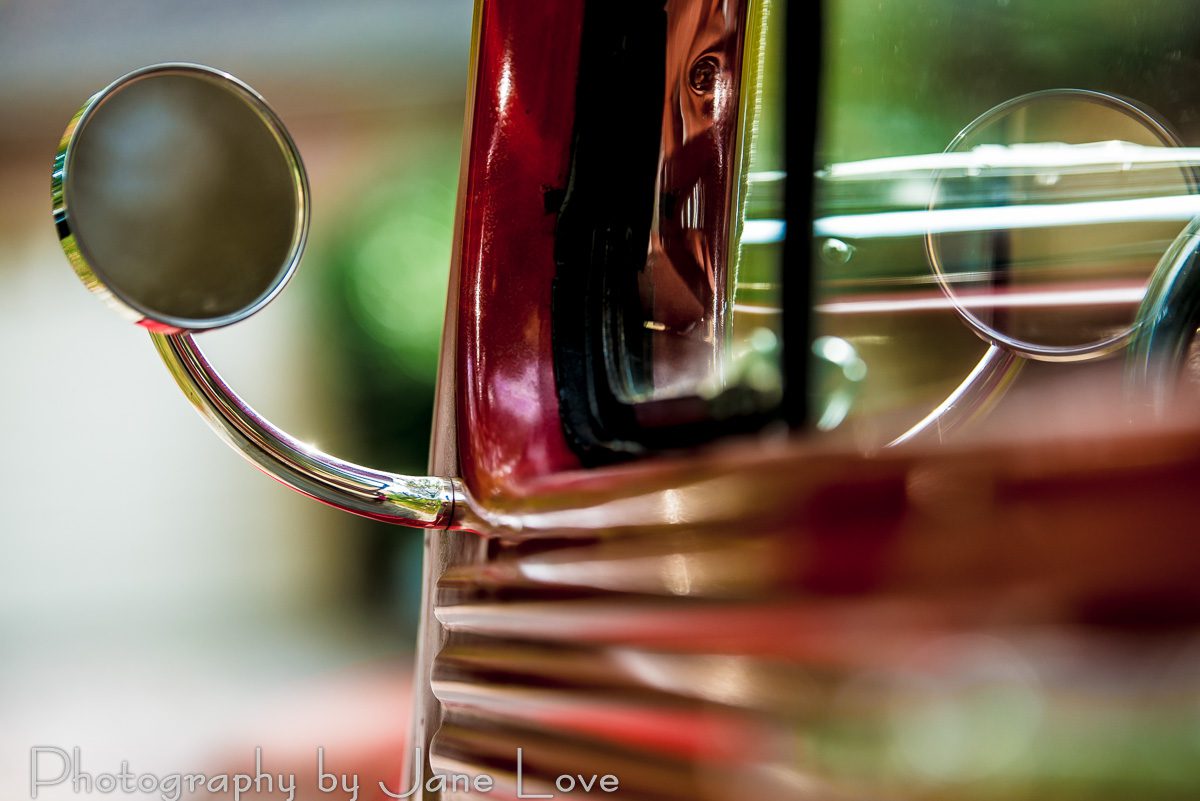


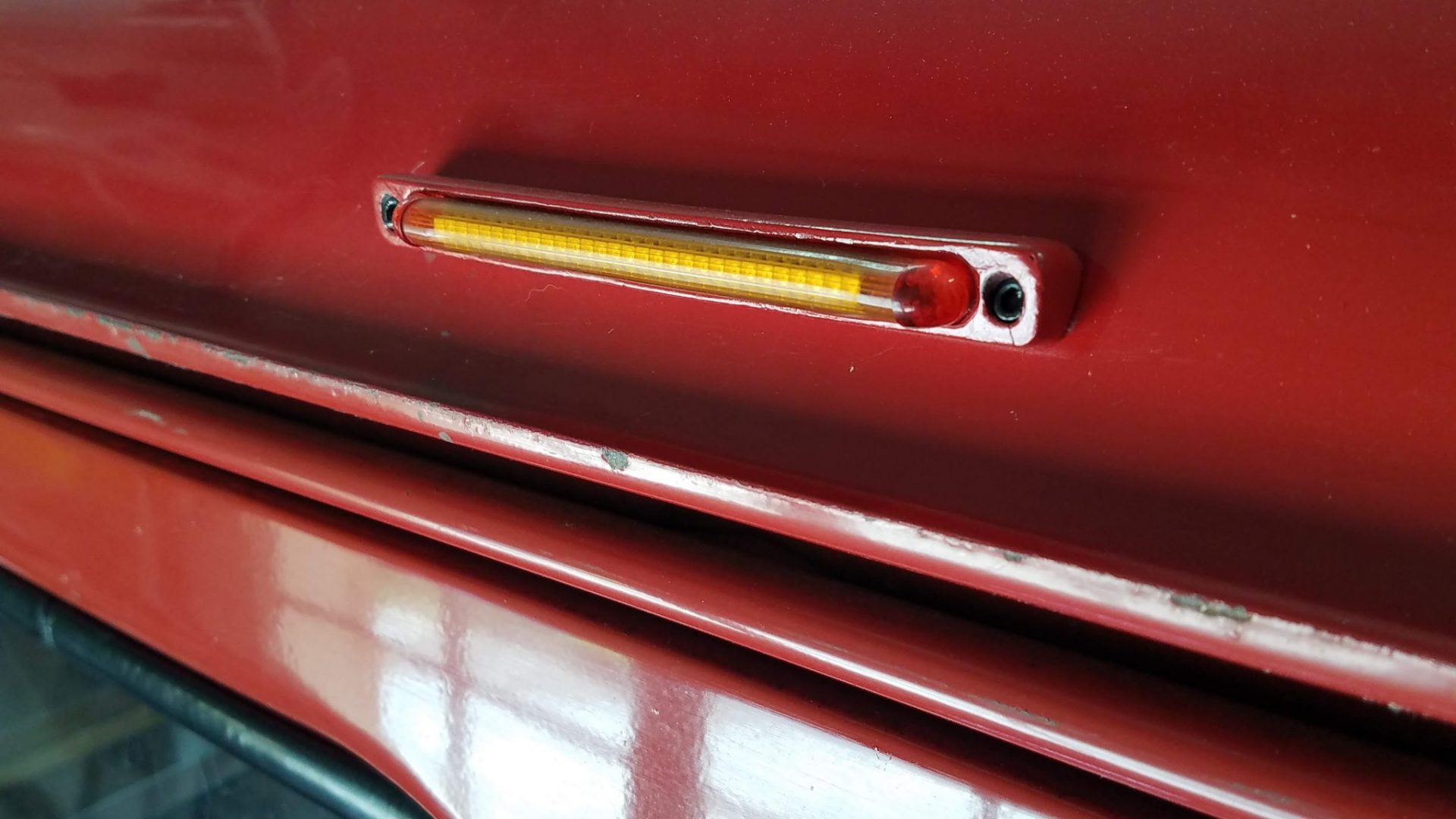

Engine Performance Goals
The original engine output of 105 hp and 140 lb-ft of torque could not achieve the acceleration and top speed performance goals. That meant replacing or modifying the engine would be required.
An assessment of torque and power requirements to accelerate a vehicle with the curb weight, frontal area and drivetrain efficiency associated with an original Willys Utility Wagon resulted in these two engine performance goals:
- Torque: 375 lb-ft @ 3,500 rpm.
- Power: 300 bhp @ 4,500 rpm.
The easiest decision would have been to replace the engine with one that already meets the desired criteria. Since that would have resulted in the single biggest deviation from originality, I had to figure out what could be done with the original Continental, in-line six cylinder flat head engine. I consider the engine to be a vehicle’s DNA. If the engine is replaced the vehicle becomes a host to an imported power source. I was okay with modifying the original engine but not replacing it.
